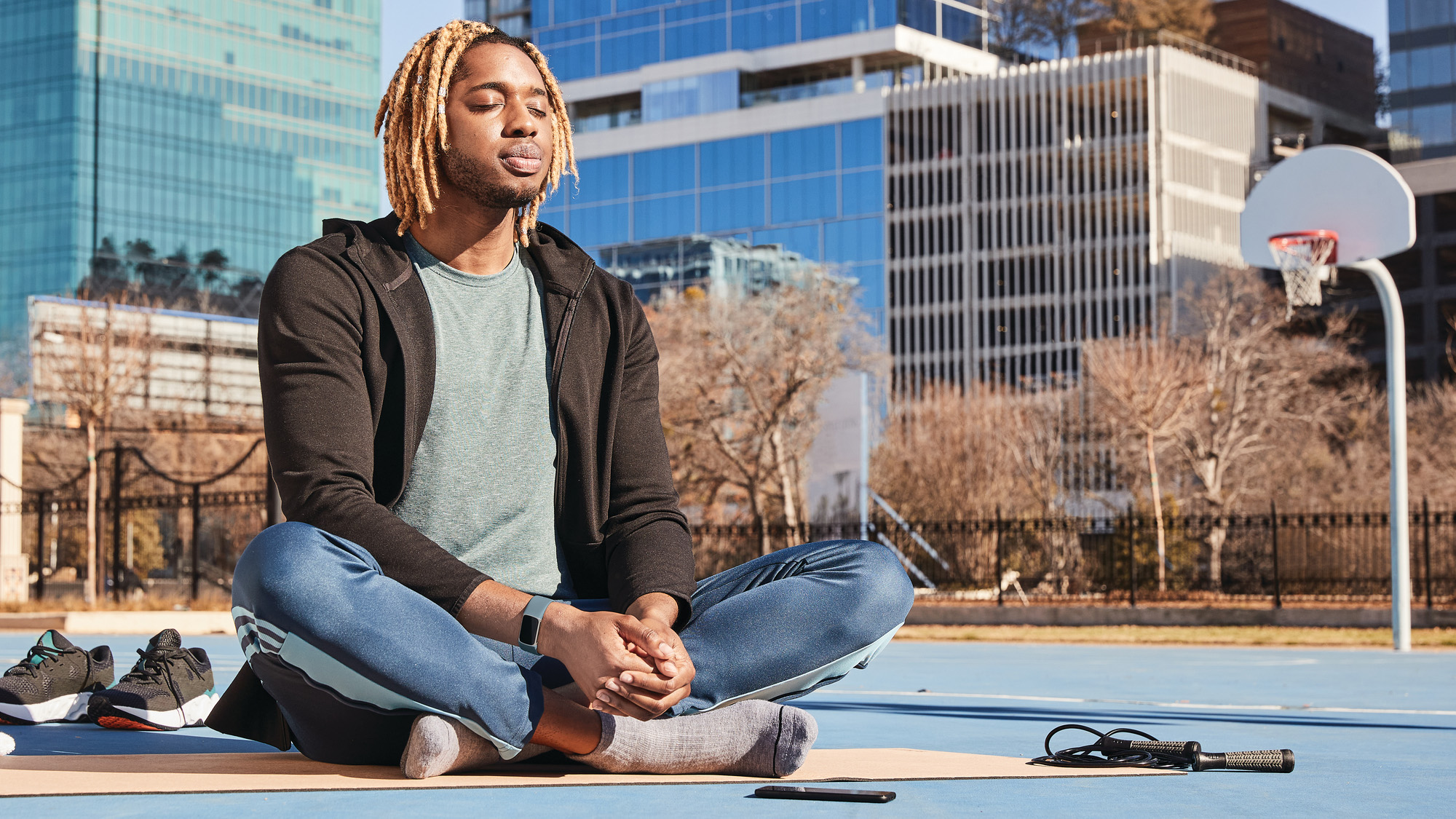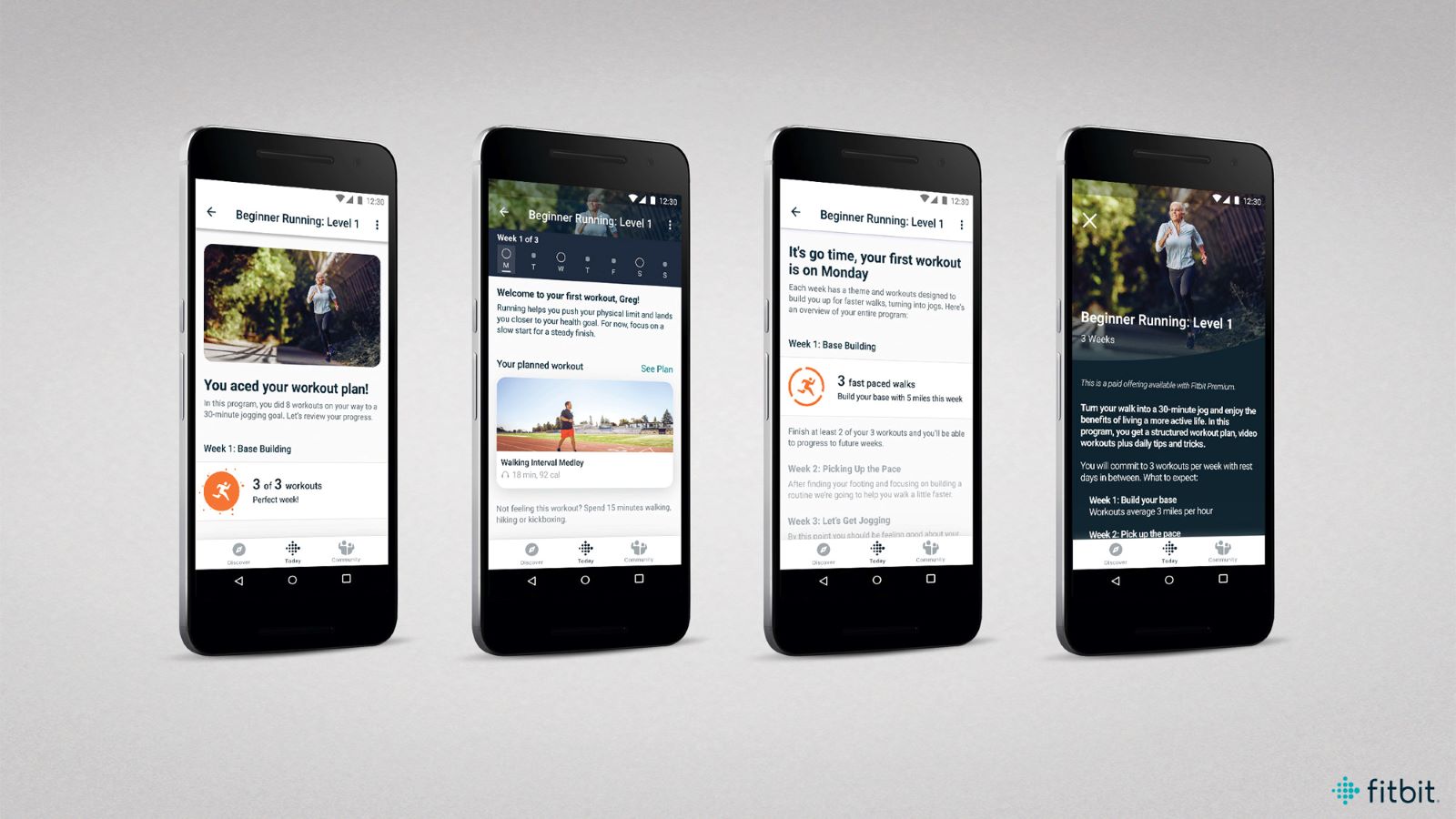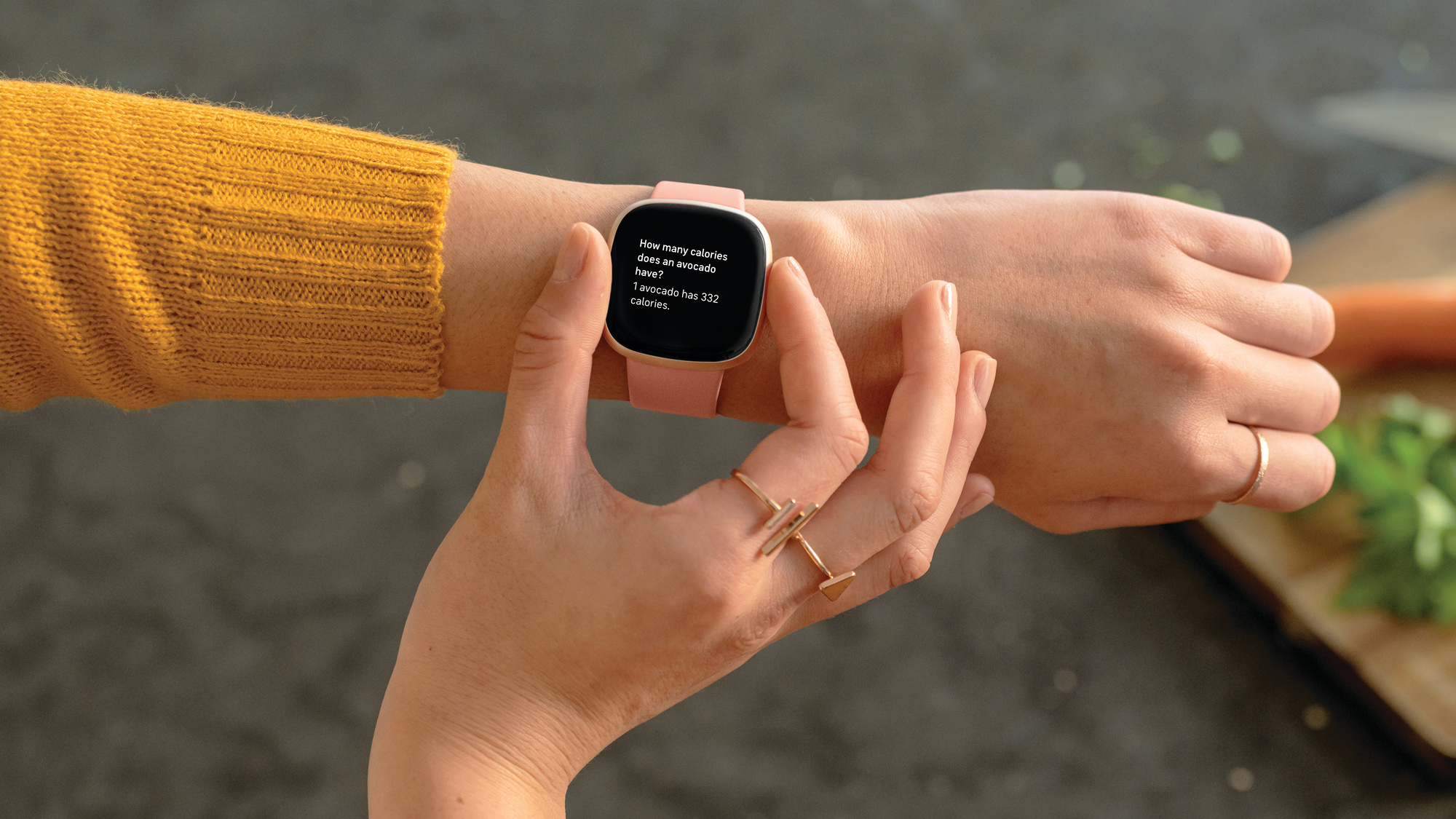6 mistakes everyone makes with their Fitbit
You'll find at least one mistake you're still making on this list, even if you've been using a Fitbit for years


Do you want to be a Fitbit power user? You must avoid these Fitbit mistakes everyone makes. Fitbit has been around for quite a while now and built a reputation for producing stylish, functional and enjoyable fitness bands and watches.
With so many products and features available to try, it's easy to make the below Fitbit mistakes, especially for those who aren't familiar with the brand. But even if you are a seasoned Fitbit user, you might find some of the tips we listed here helpful.
There are many reasons to buy the best Fitbits. They are some of the best fitness trackers, and for a good reason: most Fitbit bands are stylish and have more than enough features for people wanting to track everyday health metrics such as steps, heart rate and sleep.
However, most Fitbits these days offer more than just basic stats, especially if you have a Fitbit Premium subscription (more on this below). You can meditate, see your Daily Readiness Score, access workout content from Will Smith and Harley Pasternak and more using Fitbit wearables.
Without further ado, here are six mistakes everyone makes with Fitbits – and how to avoid them.
1. Getting a new Fitbit for full price
Fitbit's are not expensive, even at full price. However, it's recommended not to jump on the hype train when a new model is released for two reasons.
Firstly, Fitbit often rolls out features after a new wearable has been launched. An excellent example of this is the release of the Fitbit Charge 5. This is a nifty little fitness tracker with a bright screen and built-in GPS, but the Daily Readiness Score – one of the new features introduced with the band – wasn't available until a month later after the launch.
Get all the latest news, reviews, deals and buying guides on gorgeous tech, home and active products from the T3 experts
Secondly, Fitbit almost always discounts the price of its watches not long after the launch, especially if it's around a big shopping event, and they always are. The Fitbit Versa 3 launched Sep 2020, only a couple of months before Black Friday and – surprise! – the watch was cheaper in November.
Patience is a virtue, as the adage goes, especially if you're getting a new Fitbit.

2. Not using Fitbit Premium (when it's inlcuded in the price)
Fitbit Premium is a brilliant service as it allows you to access advanced health and sleep metrics, not to mention bespoke celebrity workouts and more. Better still, the Fitbit Premium subscription often comes included in the price of a new Fitbit, at least for a few months, sometimes even a year.
Knowing this, it's strange that most people are too lazy to set Premium up properly, and they miss out on the extra features they paid for. Maybe it's because people think it's free, so it doesn't matter. Perhaps it is just laziness. Either way, it's a shame.
We recommend setting up Fitbit Premium at the same time you set your new wearable up in the Fitbit App. Tap into each feature in the app to enable them (e.g. Daily Readiness Score, Advanced Sleep Metrics) and track them from day 1. Get your money's worth, people.
3. Not using the community features
Even after your free Premium Premium trial runs out, you should use the Fitbit App more rigorously as it can help you achieve your fitness goals faster. Hands on your heart: have you been using the Community feature? We bet you haven't, hence why you're struggling with keeping your weight down or failed to build muscle as you promised yourself at the beginning of the year.
Having a community of like-minded people around you, even if only virtually, can help you power through obstacles you'll inevitably encounter when undergoing a body transformation challenge. And it's free! We can't emphasise it enough. Let other members of the Fitbit community help you and support you when you need it.

4. Not setting up and exploring all the apps
Once you set everything up in the Fitbit App, it's time to enable all the features of the fitness tracker/watch. A few features you must use, especially if you have a modern Fitbit: smart assistant, Fitbit Pay and music streaming integration.
When you decided to buy the watch, you looked at all the features it has to offer and thought, "yes, I'm willing to pay for these with my hard-earned money." So why aren't you using them? It takes a couple of minutes to set Fitbit Pay up, and once done, you never have to worry about arriving at a shop and forgetting your wallet at home; you'll always have your card on you, wrapped around your wrist (metaphorically speaking).
We guarantee you'll think you wished you had set these up earlier as soon as you did. It's not like you need to access the smart assistant 24/7, but it can come in handy when you need it. Please do it now.
5. Expecting a Fitbit to be as accurate as a running watch
Fitbits are versatile and can track a number of indoor and outdoor sports activities, including running, cycling, yoga, breathwork etc. Some even have built-in GPS, making them more akin to running watches.
Knowing this, it's no surprise that people might think that wearing a Fitbit is suitable for running or cycling training. However, there is a difference between tracking and monitoring these activities. Garmin watches have more accurate sensors, are more accurate and offer many performance features that enable users to improve their form; Fitbits merely track runs and cycling sessions.
That said, if you aren't a hardcore runner/cyclist and only need a wearable to log sessions, you don't need a Garmin Forerunner 945; a Fitbit will do.

6. Not waiting for the GPS to connect when tracking outdoor activities
Not all Fitbits have built-in GPS, but the ones that do can be used for tracking position outdoors when you're out running etc. However, like all GPS watches, Fitbits need some time to acquire a GPS signal.
The trouble is, most people will start moving as soon as they press "GO", making it harder – if not impossible – for the watch to locate the satellites. You see, the watch has to find the satellite first before it can latch onto the signal and follow you, which is much more challenging when you move around fast.
Our advice is to wait until the signal has been located; maybe stretch and limber up while waiting for the watch to wake up. That way, you won't be disappointed at the end of the run by not seeing the route you took.
For the best Fitbit deals right now, check out the widgets below.

Matt Kollat is a journalist and content creator for T3.com and T3 Magazine, where he works as Active Editor. His areas of expertise include wearables, drones, action cameras, fitness equipment, nutrition and outdoor gear. He joined T3 in 2019.
His work has also appeared on TechRadar and Fit&Well, and he has collaborated with creators such as Garage Gym Reviews. Matt has served as a judge for multiple industry awards, including the ESSNAwards. When he isn’t running, cycling or testing new kit, he’s usually roaming the countryside with a camera or experimenting with new audio and video gear.